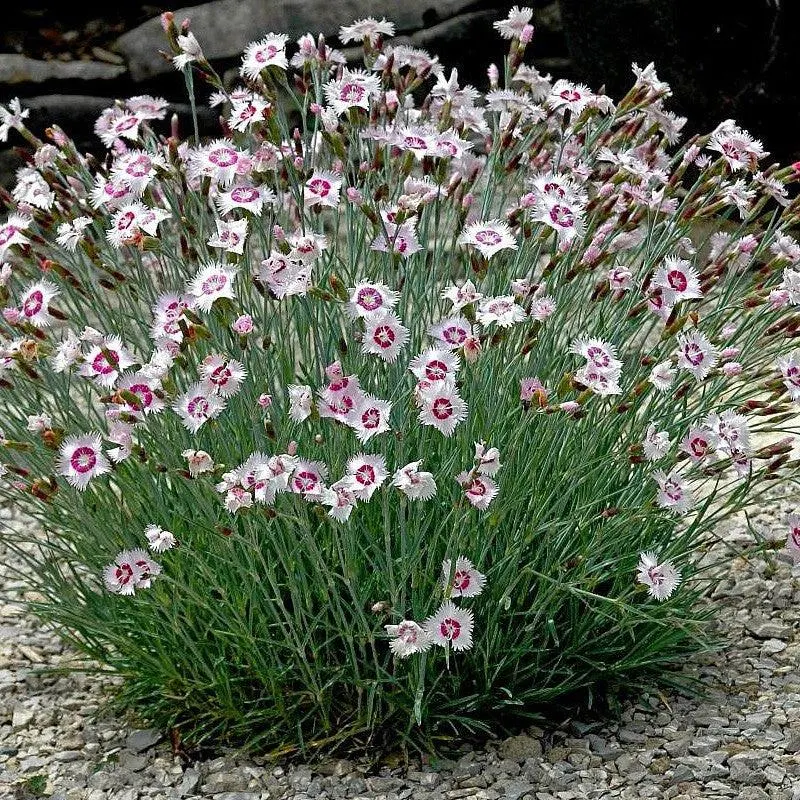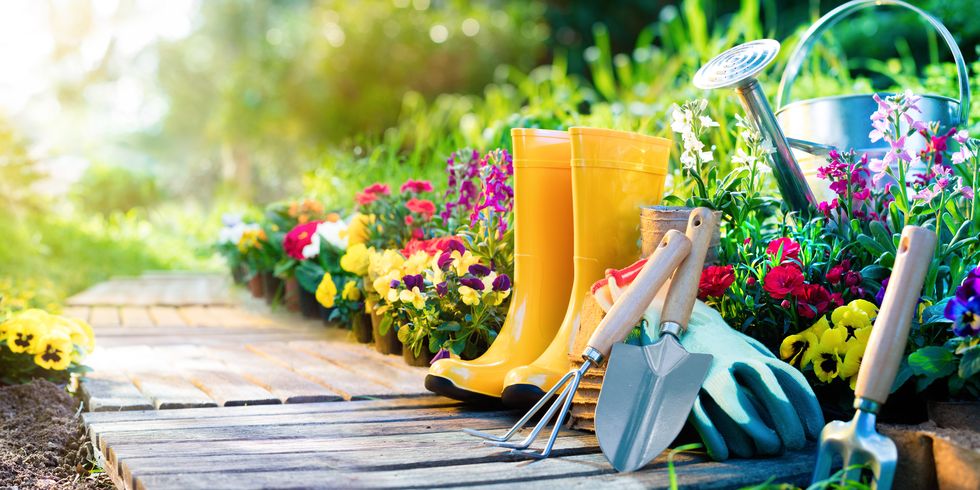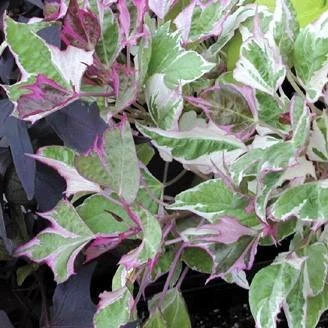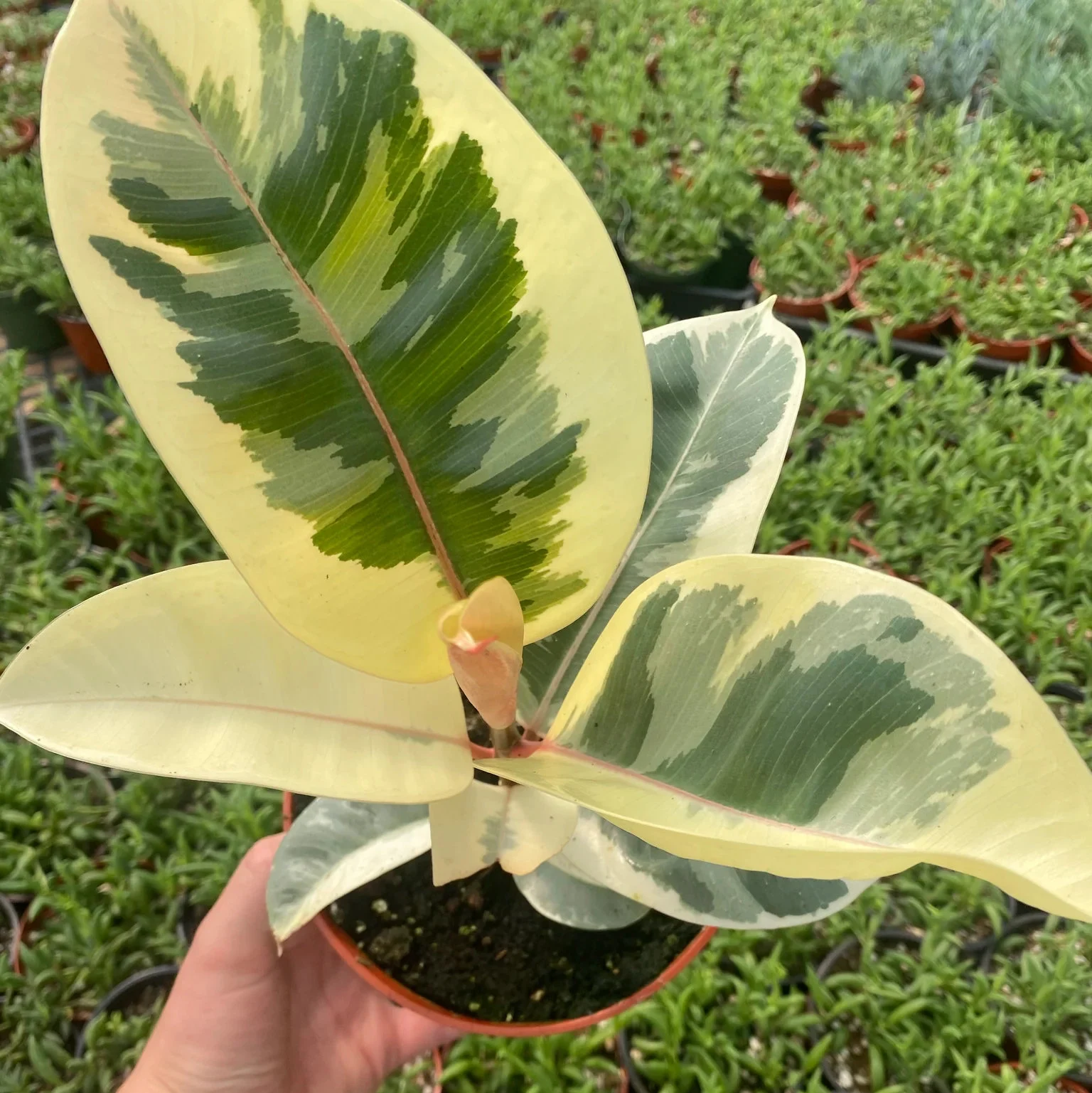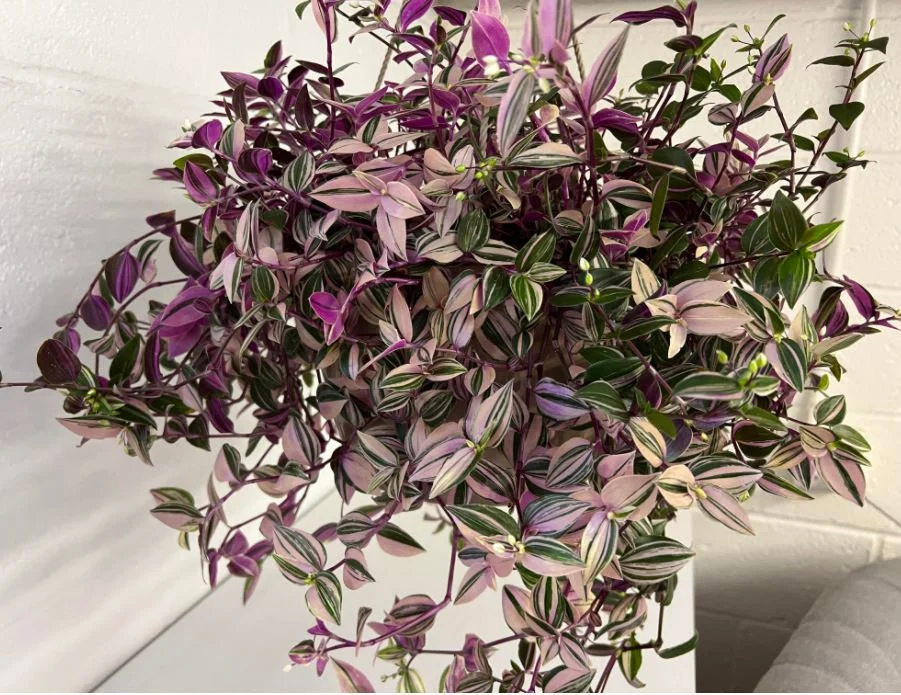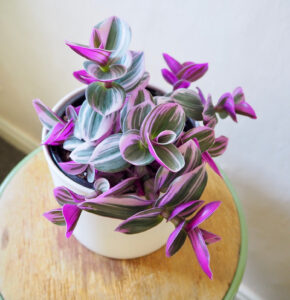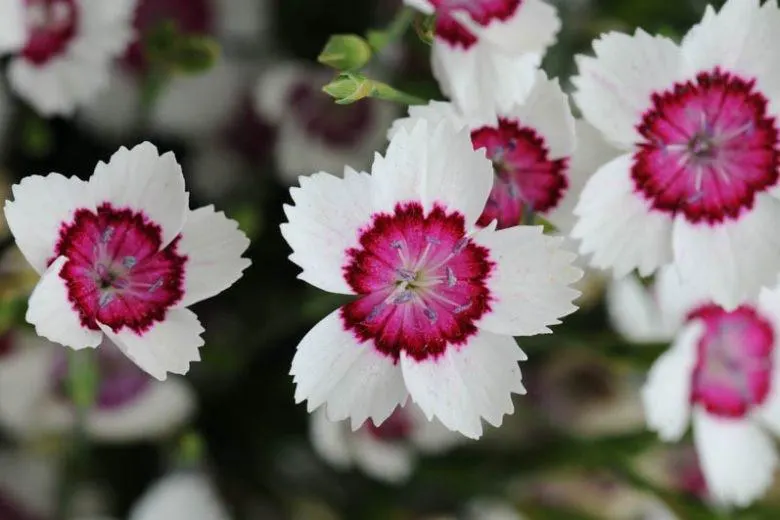
Arctic Fire Dianthus (Dianthus gratianopolitanus ‘Arctic Fire’) is a charming perennial plant known for its striking white flowers with fiery red centers. This compact and hardy plant is a favorite among gardeners due to its vibrant blooms, delightful fragrance, and ease of maintenance. Whether grown in flower beds, containers, or rock gardens, Arctic Fire Dianthus adds beauty and elegance to any landscape. To help your Arctic Fire thrive, this guide provides a detailed overview of its care requirements, covering planting, soil, water, light, fertilization, pruning, propagation, pest control, and seasonal maintenance.
1. Understanding Arctic Fire Dianthus
Growth Characteristics
- Scientific Name: Dianthus gratianopolitanus ‘Arctic Fire’
- Common Name: Arctic Fire Dianthus
- Plant Type: Perennial
- Mature Height: 6-8 inches
- Mature Spread: 10-12 inches
- Flowering Season: Late spring to early summer
- Foliage: Evergreen, gray-green leaves
- Fragrance: Mildly spicy, clove-like scent
Climate and Hardiness
- USDA Hardiness Zones: 3-9
- Temperature Tolerance: Cold-hardy and moderately heat-tolerant
- Humidity Preferences: Thrives in low to moderate humidity
2. Planting and Soil Requirements
Ideal Planting Time
- Best planted in early spring or fall when temperatures are mild.
- Can be grown from seeds, cuttings, or nursery transplants.
Soil Preferences
- Prefers well-draining, slightly alkaline soil (pH 6.5-7.5).
- Loamy or sandy soil enriched with organic matter is ideal.
- Poorly draining soil can lead to root rot.
Planting Depth and Spacing
- Space plants 10-12 inches apart to ensure good air circulation.
- Plant at the same depth as in the nursery container.
- Water thoroughly after planting to establish roots.
3. Light and Watering Requirements
Sunlight Needs
- Thrives in full sun (at least 6 hours of direct sunlight daily).
- Partial shade is tolerated but may reduce flowering.
Watering Schedule
- Requires moderate watering; prefers evenly moist soil.
- Water deeply once a week, increasing frequency in hot, dry weather.
- Avoid overwatering to prevent root rot.
4. Fertilization and Nutrient Requirements
Best Fertilizer Choices
- A balanced, slow-release fertilizer (10-10-10) in early spring promotes healthy growth.
- Organic options like compost or fish emulsion also work well.
Feeding Schedule
- Apply fertilizer in early spring when new growth appears.
- Feed again after the first bloom cycle to encourage repeat flowering.
5. Pruning and Maintenance
Deadheading and Pruning
- Regular deadheading (removing spent flowers) extends the blooming period.
- Trim back foliage in late fall to encourage fresh spring growth.
- Cut back stems by one-third after flowering to promote a compact, bushy shape.
6. Propagation Methods
Growing from Seeds
- Sow seeds indoors 6-8 weeks before the last frost date.
- Keep soil moist and maintain temperatures around 65-70°F.
- Transplant seedlings outdoors after the danger of frost has passed.
Propagation by Cuttings
- Take 3-4 inch cuttings from non-flowering stems in early summer.
- Dip in rooting hormone and plant in well-draining soil.
- Keep cuttings in a warm, humid environment until roots develop.
7. Pest and Disease Management
Common Diseases
- Aphids: Suck sap from leaves; treat with insecticidal soap.
- Spider Mites: Cause leaf discoloration; deter with neem oil.
- Slugs and Snails: Feed on foliage; use organic deterrents like crushed eggshells.
Common Pests
- Root Rot: Caused by excessive moisture; ensure proper drainage.
- Powdery Mildew: White fungal growth on leaves; improve air circulation.
- Leaf Spot: Brown spots from fungal infections; apply fungicide as needed.
8. Seasonal Care and Overwintering
Spring and Summer Care
- Regular watering and fertilization support vigorous growth.
- Deadhead flowers frequently to encourage continuous blooms.
- Monitor for pests and diseases.
Fall and Winter Care
- Cut back foliage to prepare for dormancy.
- Apply a light layer of mulch around the base to insulate roots.
- In colder regions, cover plants with burlap to protect against frost.
9. Landscaping Uses and Companion Plants
Landscape Applications
- Rock Gardens: Adds color and texture.
- Border Plantings: Creates a defined edge in flower beds.
- Containers: Thrives in pots and hanging baskets.
Companion Plants
- Lavender: Complements with contrasting foliage and scent.
- Salvia: Adds height and attracts pollinators.
- Coreopsis: Matches the drought-tolerant nature of Dianthus.
Try Checking Out Our Other Guides!
Search
Proudly powered by WordPress

